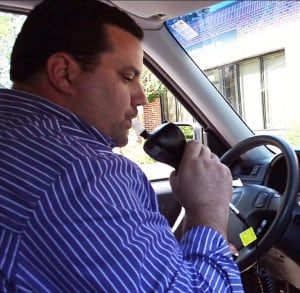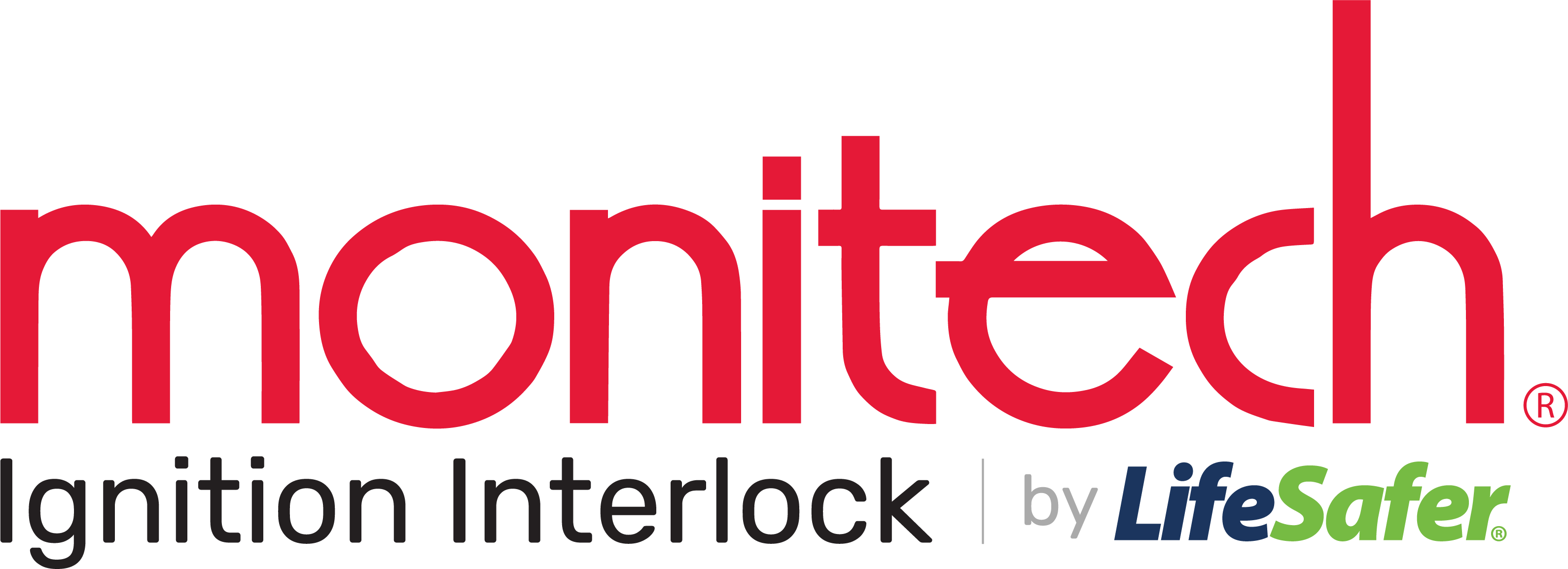 An ignition interlock has one job, which it does well: preventing your vehicle from starting if you have been drinking. So if you have had a beer or a few, you can’t risk taking your car out for a spin until you are sure that most of the alcohol is out of your system and you’re in shape to drive.
An ignition interlock has one job, which it does well: preventing your vehicle from starting if you have been drinking. So if you have had a beer or a few, you can’t risk taking your car out for a spin until you are sure that most of the alcohol is out of your system and you’re in shape to drive.
But how much alcohol is “most?” Does every last trace have to be gone?
In fact, you will still pass your ignition interlock breath test if you have a small amount of alcohol in your system. States set the allowable threshold, which is usually around 2.5 BAC (blood alcohol concentration). That means your blood contains 2.5 parts alcohol for every 1,000 parts blood. A person is deemed intoxicated with a BAC of .08 in all fifty states.
Why 2.5? The reason is that there can be residual alcohol in the mouth from other sources. These can include fruit juice (which ferments slightly), bread and dough (which contain yeast), and menthol (another type of alcohol). It’s not possible to be intoxicated on the tiny amounts present in those things, but they can register on a car breathalyzer, so to be safe, the threshold is set high enough to prevent false alarms in most cases.
So is it safe to drink just enough to stay under the threshold? Not really. For one thing, alcohol takes time for your body to absorb. So you could drink enough to register 2.2, start your car, and in 15 minutes have a BAC of 2.6 – over the limit – and you would fail your rolling re-test.
Another reason is that those alcohol levels are recorded and shared with authorities. So probation offices, prosecutors and judges would know how well you are keeping to your sobriety program.
The threshold is a reprieve, a safety net. It is not permission to drink steadily at a low level before driving. Doing so will eventually get you right back where you started: in DUI court. But this time, you’ll be facing a multiple offense.
